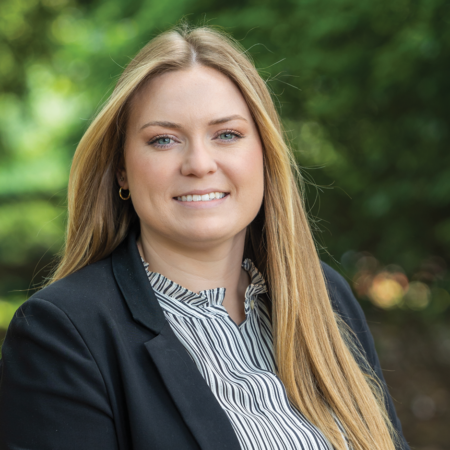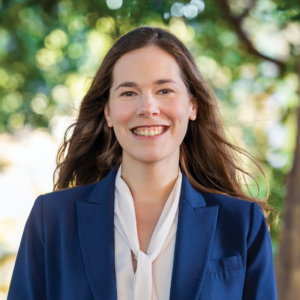 By Beverly Hampton Phifer, Senior Director, FARM Animal Care
By Beverly Hampton Phifer, Senior Director, FARM Animal Care
Fitness for transport is a term for an animal’s ability to withstand transportation, including length of trip, weather conditions, stocking density, and other factors, without compromising welfare. It is important to consider the entire trip a cow may take once it leaves the farm, not just its next stop — the sale barn — when determining an animal’s ability to withstand transport. Longer animal transport times increase risk of mortality and morbidity, particularly for calves and compromised animals, which are more likely to experience challenges during transport.
Consider the following when making dairy animal transportation decisions:
Overall animal health. Evaluate animal health, milk production, and other health factors. Exhausted or weak animals with a fever greater than 102.5°F should not be shipped.
Lameness/locomotion. Market animals when they first indicate signs of lameness or have mobility issues that could worsen.
Animals that have difficulty bearing weight on a limb and may also exhibit obvious back arch or head bob are not fit for transport. Animals in this category may be unable to move or be extremely reluctant to move, even when encouraged by a handler (Score 3 on the FARM Lameness scale).
Do not transport an animal that cannot stand for a period and repeatedly tries to lie down. That animal will likely also lie down in the trailer, causing injury.
Milk production. Ensure that cows are dried off or milked out. The 2022 National Beef Quality Assurance (BDA) report found that 74.9% of dairy cows had a full udder at the time of harvest which can create challenges in the slaughter process as well as serve as a potential contaminant.
Body condition. Thin animals, with minimal coverage around the tail head and short rib region, over the back, hooks, and pins should not be transported (Score 2 on the FARM Body Condition Scoring scale). Cattle that are extremely thin will not handle the rigors of transport because they are weak, don’t have enough energy stores, and are likely to become nonambulatory.
Special considerations for calf transport
Calves are more susceptible than adult cattle to the stressors encountered during transport. The American Association of Bovine Practitioners (AABP) transportation guidelines outline that before relocating young stock, the following checklist should be completed:
Newborn calves receive colostrum or colostrum replacer.
Preweaned calves receive milk, water, and feed.
Animals are dry, well hydrated, able to stand without assistance, and free from illness and injury.
Animals that are not fit to transport may be suitable for processing locally if transported with special provisions. Treatment for illnesses, ailments, or low body condition may also be considered, as well as potentially euthanasia. Farmers should work closely with their veterinarian to determine next steps.
Current FARM Animal Care Version 5 standards require annual continuing education for anyone who handles animals on the farm, and a written protocol focused on fitness to transport. A fitness to transport informational booklet from the National BQA and the National Dairy FARM Program will be published this fall. For more information about the FARM Program, reach out to a cooperative or processor FARM evaluator, or visit nationaldairyfarm.com.
This column originally appeared in Hoard’s Dairyman Intel on Oct. 2, 2025.




 National Milk Producers Federation
National Milk Producers Federation



